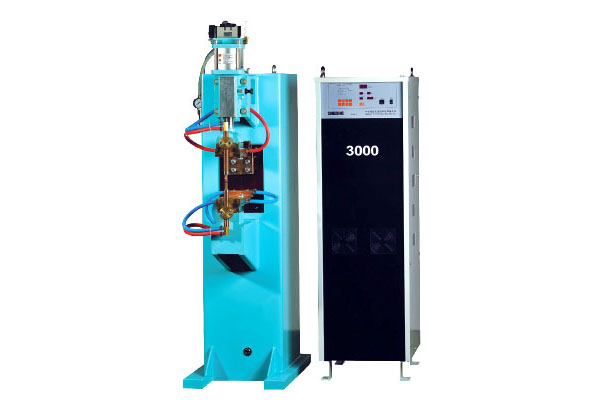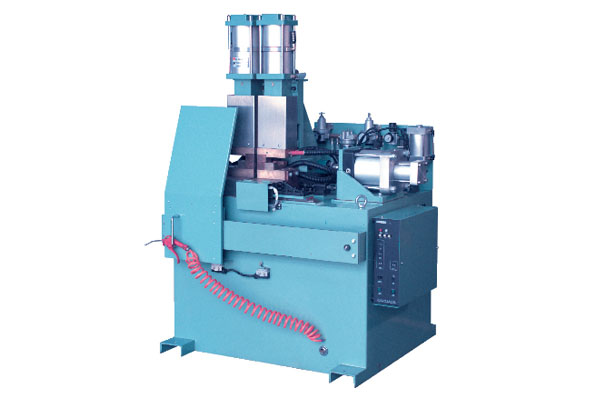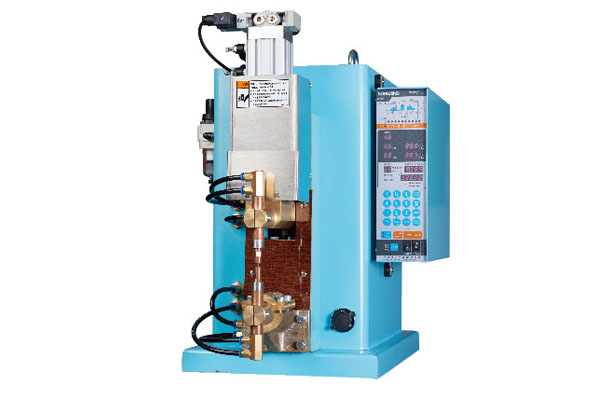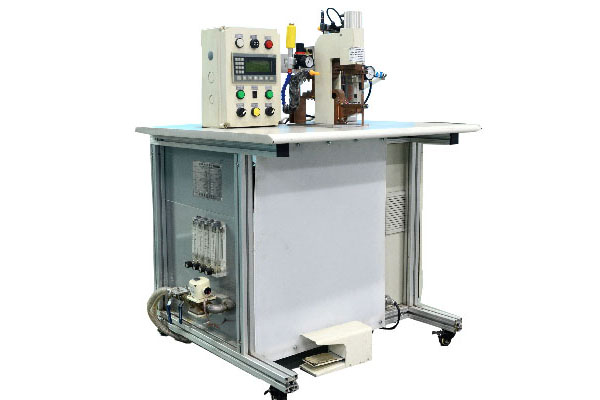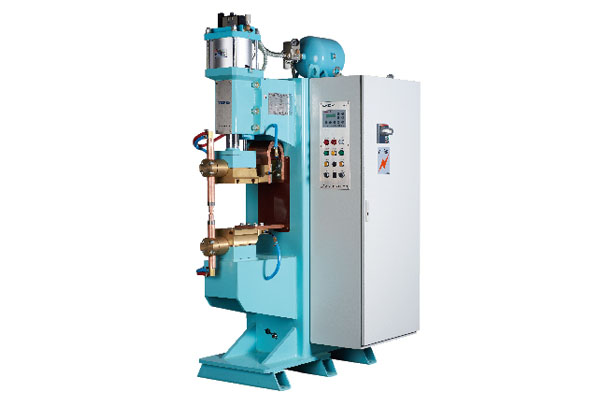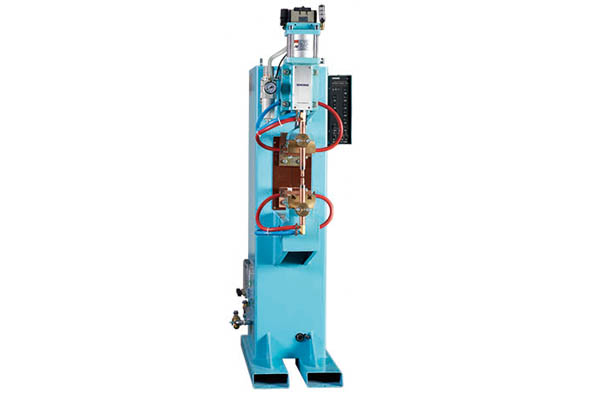News & Technicals
Quality Analysis of Welding Steel Bar by Butt Welder
To use a butt welder to weld steel bars, the main attention should be paid to the steel grade, diameter, welding machine capacity and different process methods, and the appropriate transformer grade is selected. If the transformer level is too low, the secondary voltage is also low, and the welding current is small, it will be difficult to flash, insufficient heating, and it is impossible to use flash to protect the welding joint from oxidation; on the contrary, if the transformer level is too high, the flash will be too strong, It will also cause a large amount of heat to be taken away by the metal particles, and the temperature at the end of the steel bar will not rise.
Insufficient welding strength of steel bars
If it is confirmed that there is no problem with the quality of the steel bars, the main reasons are as follows:
(1) The end face of the welded steel bar is unqualified. For example, the gap between the two steel bars is too large, and there are debris on the end surface.
(2) The flame adjustment is not good during the welding process, the carbonization flame is not used in the initial heating, or the flame deviates from the pressing surface, causing end surface oxidation.
(3) In the welding process, the flame heating time is too long, which causes a large amount of carbon molecules to burn or the heat-affected zone is too large, and the crystal grains become thicker, which reduces the strength of the steel bar.
(4) If the heating temperature is too low or the heating time is too short, the center of the steel bar does not reach the welding temperature and starts to pressurize. This is because the molecules in the center of the welding end face have not fully penetrated and diffused, resulting in insufficient strength.
(5) In the later stage of heating, the heater will move back in the future, causing uneven heating of the steel bars.
2. The main reasons for the unqualified appearance of welded steel bars are:
(1) The heating temperature is low; the pressure is not enough, or the heating part is short.
(2) The heating time is too long; the pressure is too large; the heating is uneven.
(3) The clamps did not clamp the steel bars; the clamps were unloaded too earl
Send Message
Premium Product
Catalogue
News & Technicals
Structure of Nut Electrode of Intermediate Frequency Spot Welder
Analyze the Electrode of the Intermediate Frequency Spot Welder
Analyze the Influence of the Welding Point Distance of the Spot Welder
Function of Butt Welding Machine Inspection System
Contact Us
Email: info@resistancewelder.com
Tel: 0086-185-6889-5678
Factory: No.81 Donghui Second Street, Huangpu District, Guangzhou

